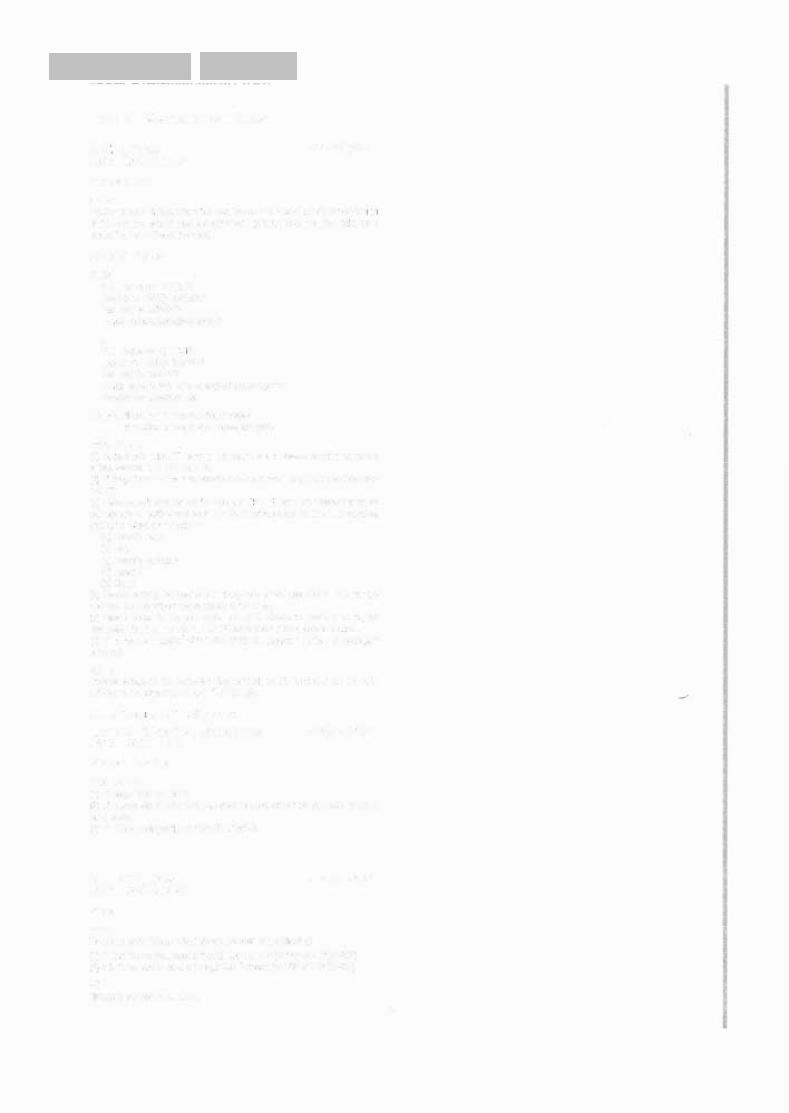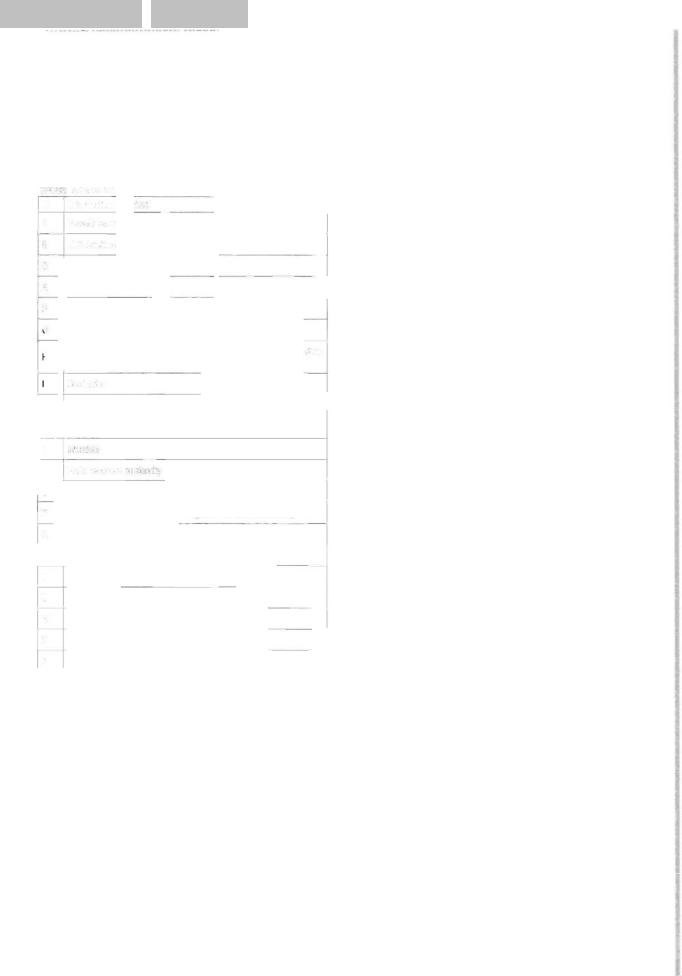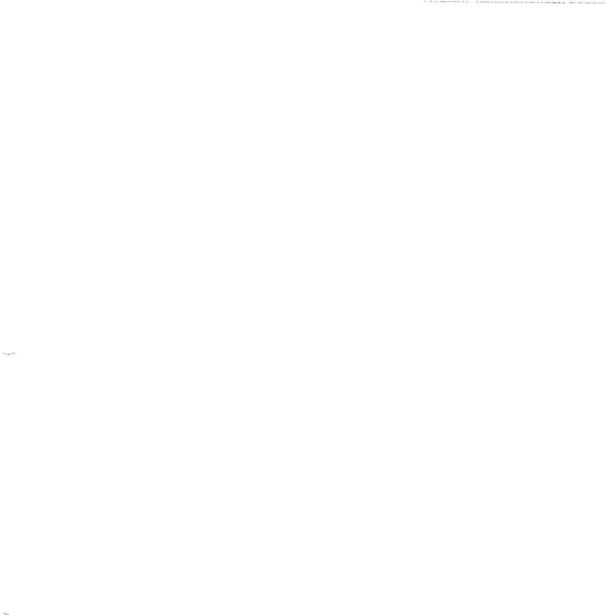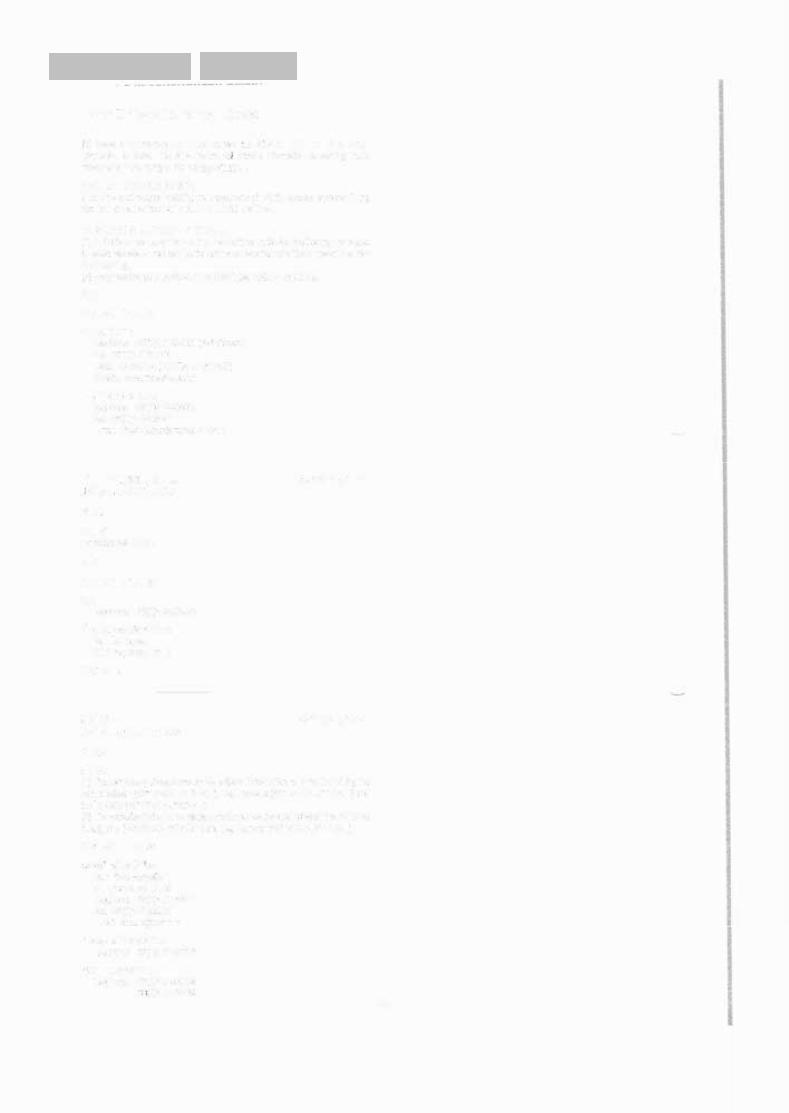
NP 286(3) Mediterranean and Africa
.pdfCONTENTS LIST |
|
INDEX |
|
|
|
|
ERITREA |
HOURS: H24 |
|
PROCEDURE: |
|
(1) |
Pilotage is compulsory for vessels over 100 GT. |
(2) |
Notice of ETA: Vessels should send ETA 7 days, 72h, 48h and 24h in advance. |
(3) |
Pilot boards about 0·8n miles seaward of the harbour entrance. |
FRANCE (Mediterranean Coast)
See diagram CENTRES REGIONAUX OPERATIONNELS DE SURVEILLANCE ET DE
SAUVETAGE (CROSS).
GENERAL NOTES
ISPS DESIGNATED AUTHORITY:
Ministere des Transports/Service de defense et de securits.
Telephone: +33(0)140818530
Fax: +33(0)1 40817053
Mobile: +33(0)617150180
E·mail:mdm.sds@equipement.gouv.fr
PILOTAGE:
(1) Pilotage is compulsory for vessels of a certain length or tonnage for each port within a defined Compulsory Pilotage Area (see each port for specific details).
(2) Notice of ETA: Vessels should send ETA 18h (occasionally 24h) in advance or at the latest on departure from the last port of call.
(3) Requests for pilots should be sent by radio to the Pilot Vessel.
SURNAV:
For details of the SURNAV Reporting System, see FRANCE - SURNAV (MEDITERRANEAN COAST).
BONIFACIO STRAIT REPORTING SYSTEM:
For details see SHIP REPORTING SYSTEMS, FRANCE AND ITALY - BONIFACIO
STRAIT REPORTING SYSTEM (BONIFREP).
EUROPEAN COUNCIL DIRECTIVE 2002l59/EEC:
The European Council Directive 2002l59/EEC relates to vessels over 300 GT and any vessel carrying dangerous or polluting goods bound for or leaving EU ports. Such vessels should report to the retevant port authority at teast 24h in advance.
EXPANDED INSPECTION NOTIFICATION:
(1) Under European Union (EU) Directive 2001/106/EC, the EU has introduced legislation whereby Expanded Inspections (El) on "high risk vessels" are required. Such vessels must have an El, carried out by an EU member of the Paris Memorandum of Understanding (MOU) region, every 12 months. This new legislation came into effect on the 22 July 2003.
(2) Expanded Inspections are required for the following high risk vessels.
(a) Oil tankers over 15 years old and over 3000 GT
(b) Gas and chemical tankers over 10 years old
(c) Bulk carriers over 12 years old
(d) Passenger ships over 15 years old (excluding those covered by the EU Ferry Directive).
(3) High risk vessels that have not been subject to an El within the last 12 months in the Paris MOU region must report to the Port State Authority of the vessel'snext port of call, stating that the vessel is eligible for an El.
(4) Information must be provided 3 days before the expected time of arrival, or before leaving \he previous port if the voyage is expected to take less than 3days.
(5) The report that the vessel is eligible for an El can be made by facsimile or telephone, by the Owner, Master or Agent, and can be combined with the port arrival notification.
(6) The Port State Authority will contact the vessel to confirm whether or not the authority will undertake an El.
(7) Failure to report to the Port State Authority that a vessel is eligible for an El is an offence.
69




CONTENTS LIST |
|
INDEX |
|
|
|
FRANCE (Mediterranean Coast)
PROCEDURE:
(1) Pilotage is compulsory for vessels over 75m LOA and is available H24.
(2) Notice of ETA: Vessels should send request for pilot and ETA via e-mail or fax at least 24h in advance, stating LOA, beam and draught.
(3) Pilot boards 0·5n miles Sof Pointe de la Madonetta Lt (41 °23'·22N9°0S'·66E).
NOTE:
Atug may be requested via the pilot station giving 24h notice.
Reporting System
NOTE:
For details of the BONIFACIO STRAIT REPORTING SYSTEM see SHIP REPORTING SYSTEMS, FRANCE AND ITALY - BONIFACIO STRAIT REPORTING SYSTEM (BONIFREP).
Port
CONTACT DETAILS:
Telephone: +33(0)4 9573000S
semaphore de Pertusato VHF Frequency: Ch 16
HOURS: H24
CALVI, Corse |
42 °34'N 8°4S'E |
UNCTAD LOCODE: FR CLY
Pilots
AREA:
The limits of the Compulsory Pilotage Area that serve the ports of Calvi and L'lle-
Rousse are as follows:
(1) |
East Limit: The meridian 9°00'·00E,from the coast up to parallel 42°4Q'·00N. |
|
(2) |
West Limit: the line joining the following two positions: |
|
|
(al The intersection of the latitude 42°40'·00Nand the longitude S050'·00E |
|
|
(b) La Pointe de la Revellata Lt |
|
(3) |
North Limit: The parallel of 42°40'·00N. |
|
PROCEDURE: |
|
|
(1) |
Pilotage Is compulsory for vessels of 60m in length and over and for vessels |
|
over 150 GT. |
|
|
(2) |
The pilot is provided by Haule Corse Station whose centre is at BASTIA. |
|
Port |
|
|
CONTACT DETAILS: |
|
|
HrMr |
|
|
|
Telephone: +33(0)495650521 (Office hours) |
|
semaphore de L'JIe-Rousse |
|
|
|
Call: ile-Rousse |
|
|
VHF Frequency: Ch 16 |
|
HOURS: HJ |
|
|
FRANCE - SURNAV |
41 °22'N S01S'E |
|
(MEDITERRANEAN COAST) |
|
|
See diagram CENTRES REGIONAUX OPERATIONNELS DE SURVEILLANCE ET DE
SAUVETAGE (CROSS) (GENERAL NOTES section).
SURNAV (Systeme de Comptes Rendus de Mouvements des
Navires) Reporting System
CONTACT DETAILS:
CROSS La Garde
Call: Cross Med
VHF Frequency: Ch 16; 70
RT Frequency (kHz): 2182 21S7·5
Telephone: +33(0)494617110
Fax: +33(0)494271149
Telex: +42430024 (CROMD B430024F)
E-mail: lagarde.mrCC@developpement·durable.gouv.fr
MMSI: 002275400
73




CONTENTS LIST |
|
INDEX |
|
|
|
FRANCE (Mediterranean Coast)
HOURS: H24
PROCEDURE:
(1) Reporting is mandatory for all commercial vessels.
(2) Communications:
(a) Communication on VHF Ch 12 and VHF Ch 73 must be established as early as possible between vessels and the Maritime Traffic Service (STM) Centre
(b) Vessels unable to contact the STM may not cross the Cap Couronne line (43° 19'·50N)
(c) Vessels on passage, manoeuvring and at anchor in any part of the area controlled by the STM must maintain a listening watch on VHF Ch 12
(d) Conversations should take place in French and English using standard IMO terminology
(e) Pilots can be contacted on VHF Ch 14
(3) Vessels transporting hydrocarbons and dangerous substances must send a SURNAV message 6h prior to entry into French territorial waters (see GENERAL NOTES).
(4) Vessels inward-bound must contact the STM as follows:
(a) |
48h before arrival at the pilot boarding position, through the agent stating: |
|
|
(i) Vessel'sname and call sign |
|
|
(ii) |
Destination and port of departure |
|
(iii) |
Draught |
|
(iv) |
Cargo |
|
(v) LOA, beam and GT |
|
|
(vi) |
Type of vessel |
|
(vii) |
ETA |
(b) |
At least 24h before arrivat, stating: |
|
|
(i) ETA at pitot boarding position |
|
|
(ii) |
Draught |
|
(iii) Nature and tonnage of transported dangerous substances |
|
|
(iv) |
LOA |
(c) |
6h before entry Into French territorial waters, vessels transporting hydrocarbons |
|
|
or dangerous substances must send a SURNAV message (see GENERAL |
|
|
NOTES) |
|
(d) |
On entering the area offshore of the entrance, all vessels over 50m LOA on |
|
|
passage to the Golfe de Fos must report to the STM on VHF Ch 12 stating: |
|
|
(i) Vessel'sname and call sign |
|
|
(ii) |
Position |
|
(iii) |
Course and speed |
|
(iv) |
ETA |
(e) |
The STM will give permission to proceed along the approach channel starting at |
|
|
the Fairway (Omega) Lt buoy, and will provide information on traffic movements |
|
(D |
and weather conditions in the area |
|
The STM will advise berthing details and a time for pilot boarding, as well as |
||
|
any towing requirements if not already spec~ied |
|
(g) |
The STM will also advise VHF communication details as follows: |
|
|
(i) |
At the entrance to the STM area |
|
(ii) |
At the entrance to the approach channel for vessels obliged 10 use |
|
|
the channels (vessels of over 1600 GT transporting hydrocarbons or |
|
|
dangerous substances) for Fos or Marseille |
|
(iii) |
At the entrance to the approach channel for vessels not obliged to use |
|
|
the channels. After identifying and authorising the vessel, the STM will |
|
|
instruct the vessel to proceed if the vessel is subject to an inspection by a |
|
|
surveyor. |
(h) |
Vessels over 1600 GT transporting hydrocarbons or dangerous substances may |
|
|
not enter the approach channel (N of 43°12'·00N)without the authorisation 01 |
|
|
theSTM |
|
(i) |
In the event of a doubtful identity, the STM will call every vessel it considers to |
|
|
be likely until a positive identity is obtained |
|
(5) Vessels In the area: |
||
(a) |
All vessels must contact the STM on VHF before entering the port, getting |
|
|
under way or changing berths |
|
(b) |
All vessels crossing (or in cases of emergency, anchoring or waiting in) the |
|
|
approach channel, which vessels transporting dangerous cargo are obliged to |
|
|
use, must inform the STM immediately |
|
(c) |
All vessels wishing to anchor in the Golfe de Fos to the N of the dredged |
|
|
channel must obtain prior permission from the STM. A continuous listening |
|
|
watch must be maintained on VHF Ch 12 while at the anchorage. |
|
(d) |
All vessels wishing to proceed along the Canal de Caronte or the Canal Saint- |
|
|
Louis must request instructions from the STM |
|
(e) |
Vessels transhipping hydrocarbons or dangerous substances in the |
|
|
transhipment area of the Golfe de Fos must maintain a continuous listening |
|
|
watch on VHF Ch 12 |
|
(f) |
Leisure craft must contact the Hr Mr for all movements within the port (entering, |
|
|
leaving or making way) |
|
(g) |
Vessels may only enter the dredged channel (from the Lavera Lt buoy to |
|
|
the harbour basins) after checking with the STM that no other vessel has |
|
|
commenced passage along the channel |
|
77

